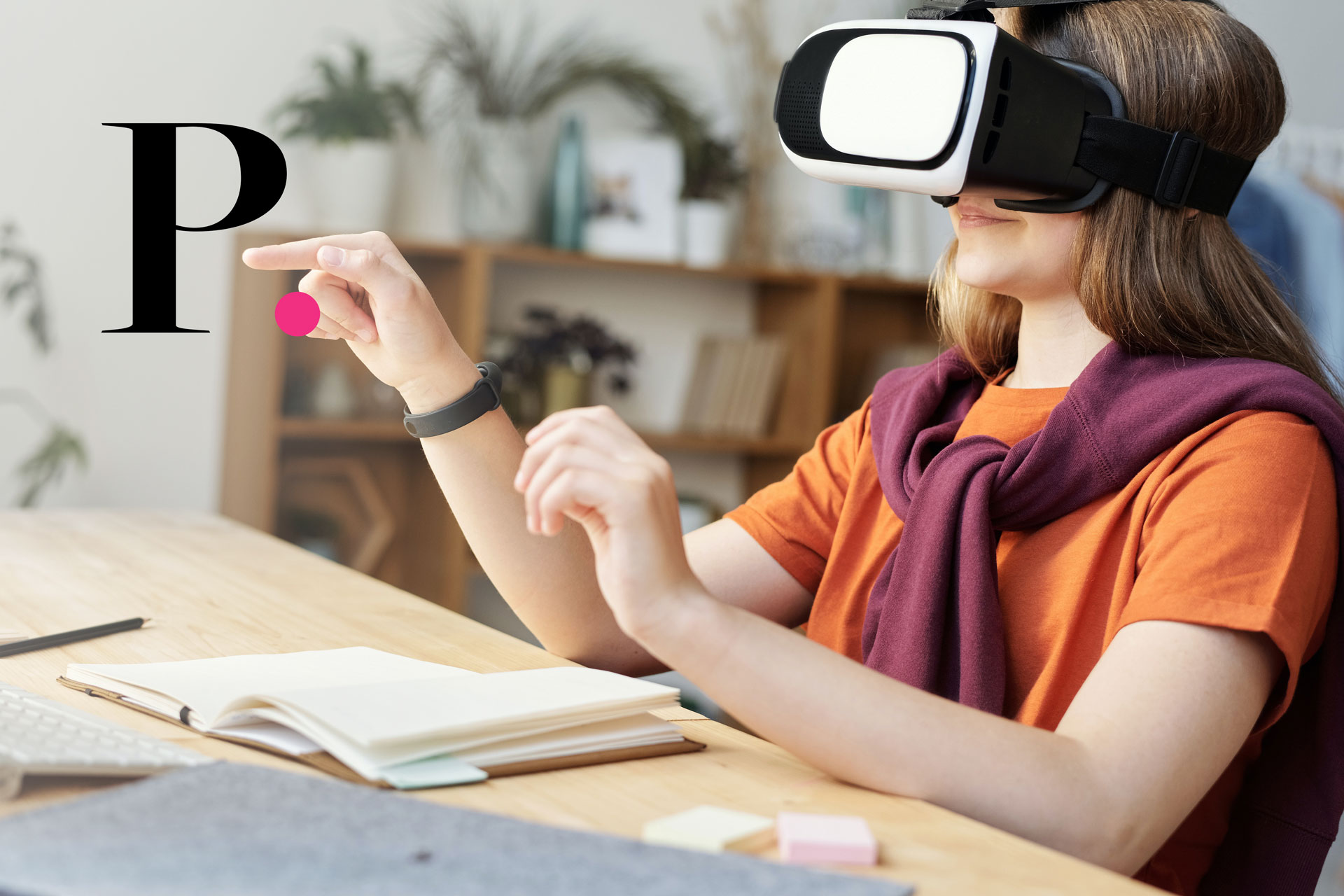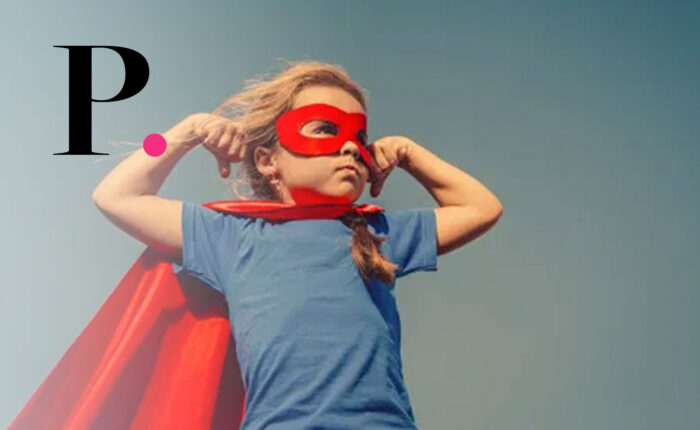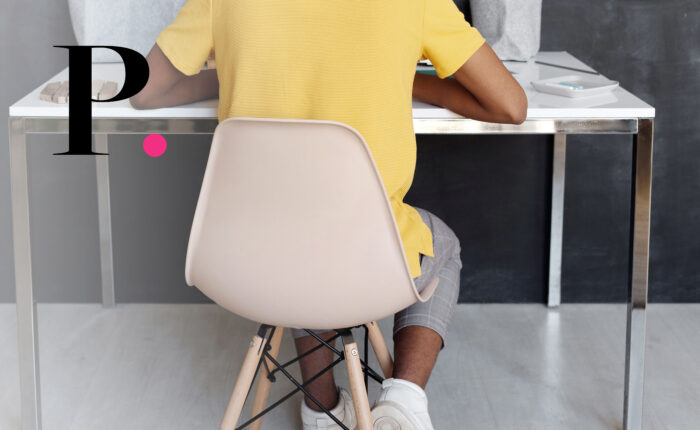More often than not, it happens that many of us learn how to swim only when water rises to our shoulders. This is what is happening at a global scale right now with the COVID-19, when schools have been among the first institutions forced to shut their doors and find alternative ways of teaching and continuing academic activities online. Are students, educators and schools ready to embrace such an abrupt change, replacing real-world interactions with virtual alternatives?
‘The online education’ is a topic everyone has been buzzing about for some time now, but not many schools have actively welcomed technology in their academic curriculums. Given the current situation however, streamed lessons, online tutoring, video handouts and digital materials to tackle the closure of schools seem to be defining the new reality. In Romania – as in other emerging markets – the education sector is going through even a more significant change. Social, technological and economic trends are reshaping how the study process is changing, what students are interested in, and where they are more likely to study.
What are the major trends reshaping the education sector worldwide? Let us for once not think that these innovations will take ages until implemented locally, because circumstances can prove otherwise, and change can actually be around the corner. Let us transform a difficulty in an opportunity, by looking at the 3 main drivers that are most likely to revolutionize education on short and long term.
1. AR, VR or MR?
Even though they all seem like abbreviations from futuristic gaming, they could soon have a fundamental educational purpose if used intelligently. Mixed Reality (MR) has been defined as the juxtaposition of Virtual Reality (VR) and Augmented Reality (AR) able to produce new environments and visualizations, where physical and digital objects co-exist and interact in real time. No more books or obsolete writing boards. No more reprimanding for playing videogames in the detriment of studying. Mixed reality does not exclusively take place in either the physical or virtual world, but is rather a hybrid of reality and virtual reality, encompassing both augmented reality and augmented virtuality via immersive technology.
Imagine if Salman Khan’s Academy founded in 2006 had such a big success in engaging students through a set of videos uploaded on YouTube. The initial purpose of these was to help his little cousins by explaining math concepts they had trouble with at school and they could not always get real time clarifications from him. Watching the videos on YouTube became rapidly a hit and a very effective way of reviewing tutoring without feeling pressure or embarrassment for asking the same questions repeatedly. This was an excellent opportunity for everyone to learn in their own pace. What is interesting is that Khan went on challenging educators to swap scenarios and encouraged them to ask students to watch videos at home and do the ‘homework’ in class, where they could get help when needed.
Going back to MR, educators using basic technology in their teaching processes have already succeed to humanize the classroom. This could be an immediate driver to engage students. This, however, even though could have a major impact once implemented in education, is not the only way to enhance student engagement. We should be looking as well at triggering active learning through smart classrooms planning and space flexibility for improved long-term results, and acoustic solutions enhancing focusing abilities and students’ wellbeing.
Read more about flexible configurations in interior design for learning environment here.
2. Challenges of revised planning for student success
Knowing how to transform a difficulty into an opportunity is a necessary skill for any architect to shape effective designs for new education spaces meant to provide solutions for changing paradigms. Changes are not only triggered by the entry of new educational digital tools, but also due to the new generation’s evolution of interests, attention span and capacities to have peer-interactions. Generation Alpha needs to have an education system adapted to the present and focusing on the future.
Generation Alpha needs to have an education system adapted to the present and focusing on the future.
Miruna Pavoni, Architect
Classrooms, study rooms and in-between spaces will have to define completely new environments able to offer flexibility in terms of functionality and configuration. Just like in the office space, a resourceful educational space should encompass ways to make more meaningful connections and build relationships, follow one’s interests and make things more personal. How people think, feel and move should be a priority.
Education furniture on the other hand will have to array a multitude of functionalities and be easily reconfigurable according to posture, age, destination and type of work (individual, small groups, large groups). Beside these adjustments, technology and media gadgets are clearly intrinsic elements around which knowledge will be approached and taught. Transparency and authenticity will be the differentiating factors defining designs, operations and the experience of education structures. The good news is that in Bucharest there are currently a series of ongoing school projects moving to new structures that are going to set a new bar within the sector.
3. Acoustics: Speech privacy in modern design
The issue of good acoustics is present in all kinds of structures from the workplace to hospitality, public buildings, retail and the education sector. In all cases without exception this is a crucial factor that, if not designed accordingly, it causes a wide series of malfunctions, altering performance, wellness and productivity. In most of the cases acoustics seem to be neglected in the detriment of modern design or financial decisions. Little is it known that on the long run its effects can become more harmful for people and their actual source is not easy to identify. Have we ever found ourselves in situations in which it seemed difficult to focus and be productive? Most surely yes. The causes might be indeed varied, but I am confident that most of us rarely think of the acoustics of the environments we are living, working or studying in. It is of great importance that educational spaces provide engaging and pleasant settings, equipped with quality systems, able to attract and retain both students and staff.
To wrap it up, I would like to point out that education doesn’t just happen in the classroom. It happens online, in our businesses, our social systems and beyond. For us to embrace a new paradigm and align the environment around us to our needs it is crucial that we turn all challenges into opportunities meant to fill in the blank page of the new beginnings. Whenever in doubt, we should always remember Nelson Mandela’s words, saying that “Education is the most powerful weapon which we can use to change the world”.
“Education is the most powerful weapon which we can use to change the world”.
Nelson Mandela
Article authored by Miruna Pavoni and originally published on Business Review.





